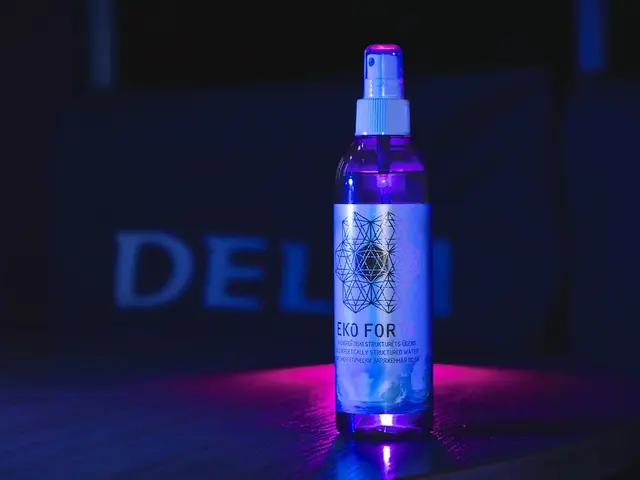MRSA Spread: Methods, Protection Strategies, and Additional Information
Methicillin-Resistant Staphylococcus Aureus (MRSA): A Persistent Concern in Healthcare Settings
Methicillin-resistant Staphylococcus aureus (MRSA) is a bacterial strain known for its resistance to various antibiotics, including methicillin, penicillin, and amoxicillin. Unlike other bacterial infections that may resolved without specific treatment, MRSA often necessitates medical intervention to manage and eradicate the pathogen.
MRSA may be present in the body without causing symptoms, a condition known as colonization. This bacterium resides in moist areas like the nose, throat, groin, armpits, skin folds, and perineal region. While asymptomatic, colonization can be a concern for healthcare professionals due to the potential for unintentional transmission and subsequent infections, particularly in hospitals and healthcare facilities.
MRSA infections are harmful because they are caused by a strain of Staphylococcus aureus resistant to numerous antibiotics. This resistance makes treatment more challenging and potentially dangerous, especially in vulnerable individuals.
MRSA can spread through close contact with infected individuals, sharing contaminated equipment or supplies, environmental contamination, and improper hygiene practices. In some cases, colonization can lead to infection, especially when the immune system is compromised or there's a wound present. To reduce the risk of MRSA colonization and infection, it is essential to follow hygiene guidelines such as washing hands regularly, maintaining personal hygiene, avoiding sharing personal items, disinfecting surfaces, and keeping wounds clean.
In medical settings, healthcare professionals may screen individuals for MRSA colonization, particularly those scheduled for surgery. This is typically done by swabbing common infection sites. If colonization is detected, medical professionals may prescribe nasal creams or sprays, body washes, and shampoos to reduce MRSA levels for about 5 to 10 days.
Individuals should be vigilant for signs of skin infection, especially at sites where the skin is broken, as these are indicative of MRSA infection. Symptoms include pain, redness, pus, swelling, and warmth. By following hygiene guidelines at home and in medical settings, people can help reduce the chances of MRSA colonization and infection.
Further Reading:- Does MRSA go away on its own?- Does chlorine kill MRSA?- Will I always carry MRSA bacteria?
These questions and more can be answered in our further reading section.
The persistent concern, Methicillin-Resistant Staphylococcus Aureus (MRSA), is a superbug that develops chronic infections, particularly in medical-conditions such as chronic kidney disease. Resistant to common antibiotics like methicillin, penicillin, and amoxicillin, it is a significant threat to health-and-wellness, causing chronic diseases and requiring therapies-and-treatments beyond conventional medicine.
Scientific curiosities regarding MRSA, such as "Does MRSA go away on its own?" or "Will I always carry MRSA bacteria?", might be addressed in our further reading section. Nutritional approaches, including the use of CBD, are also being researched for their potential role in supporting immune health and managing MRSA infections.
Keeping this in mind, adequate hygiene practices, like good nutrition and timely medical intervention, can in many instances minimize the risks associated with this infectious microbe.







